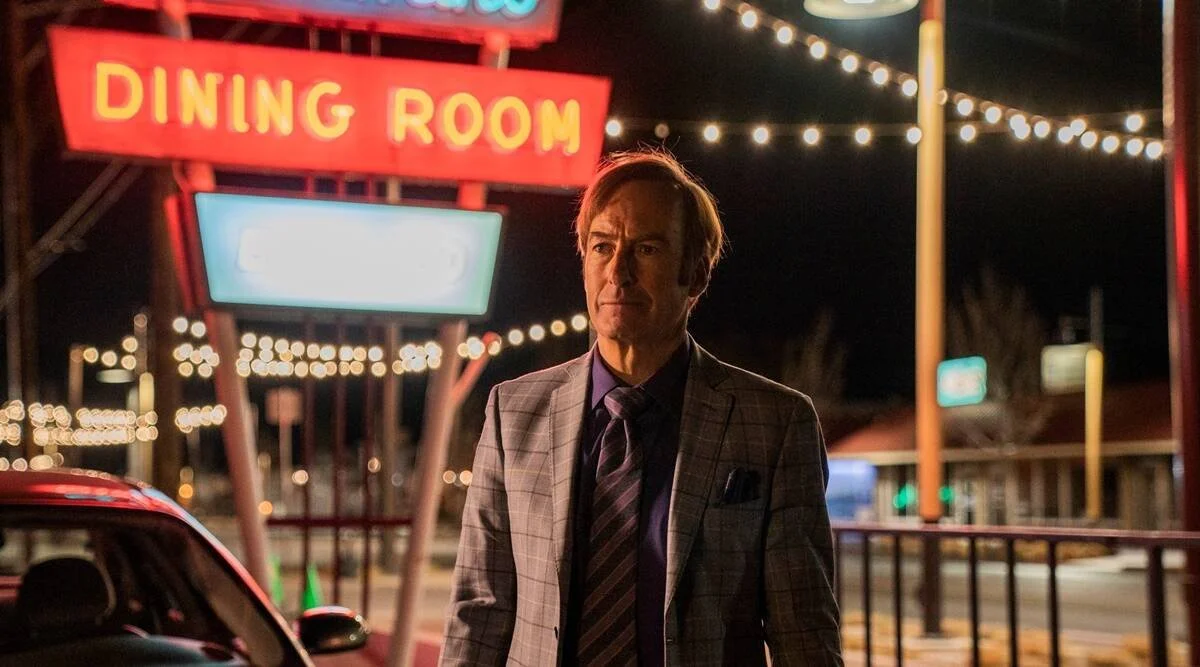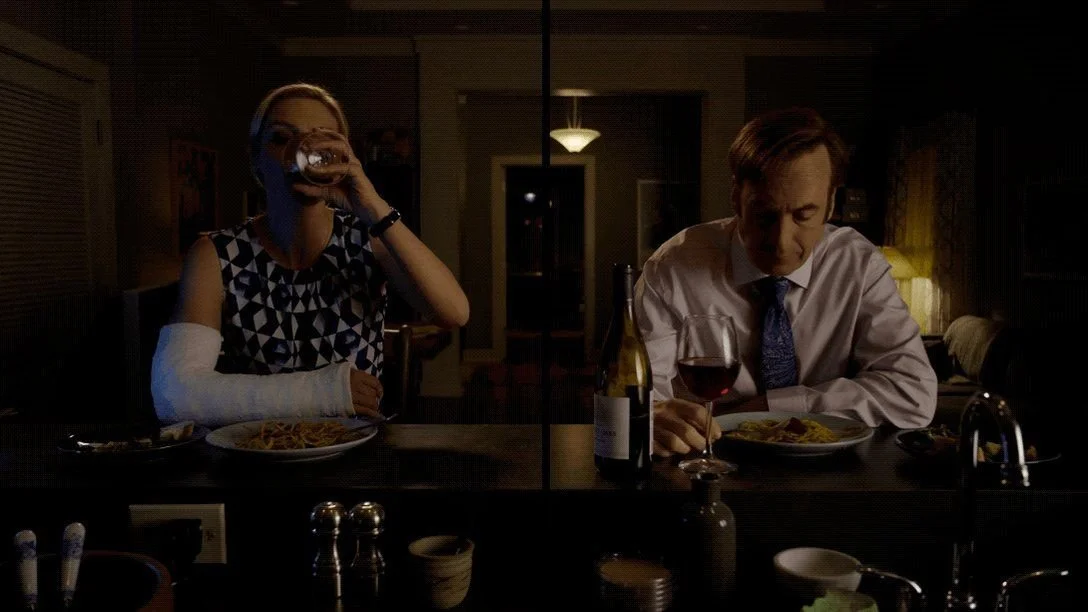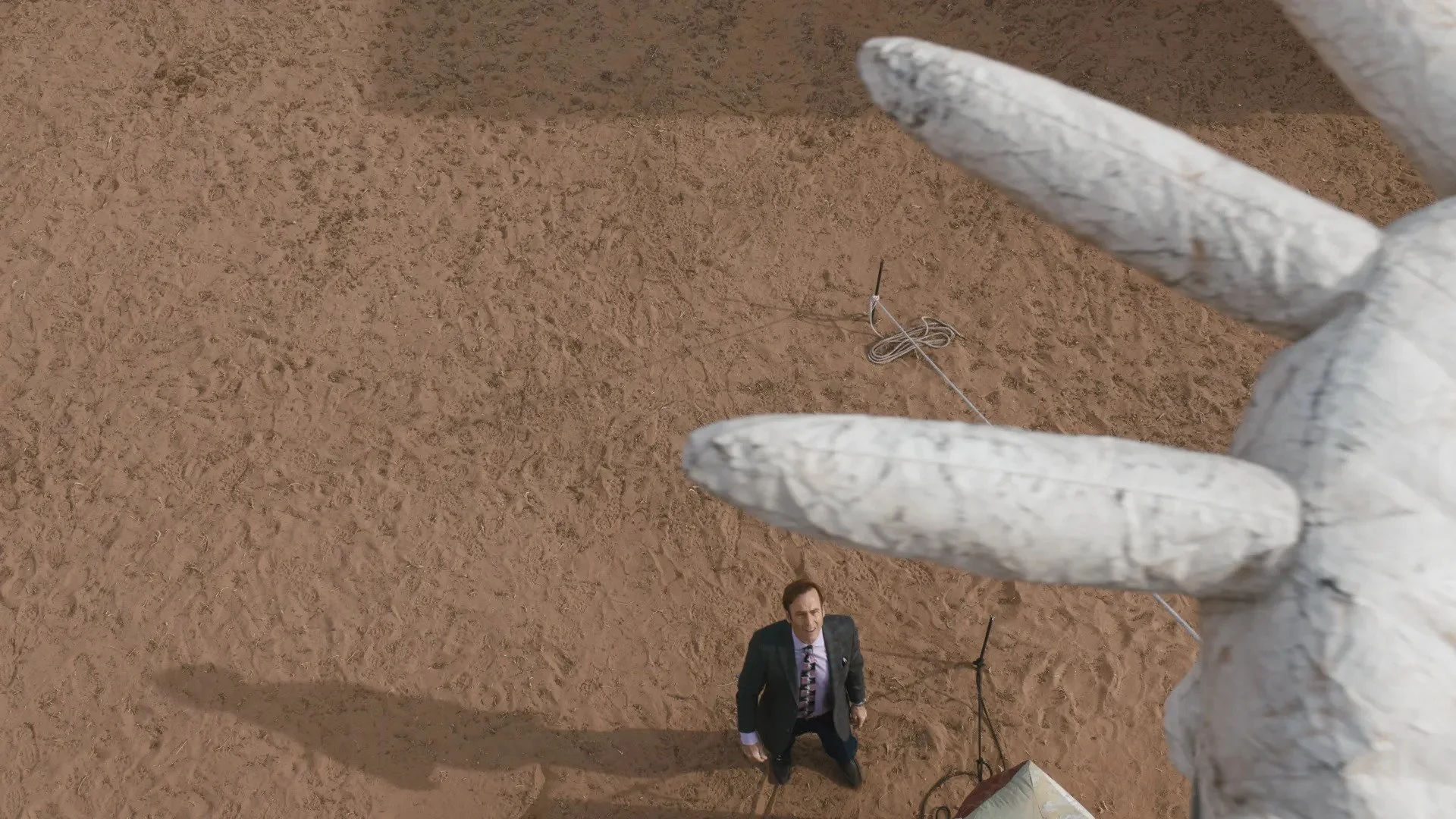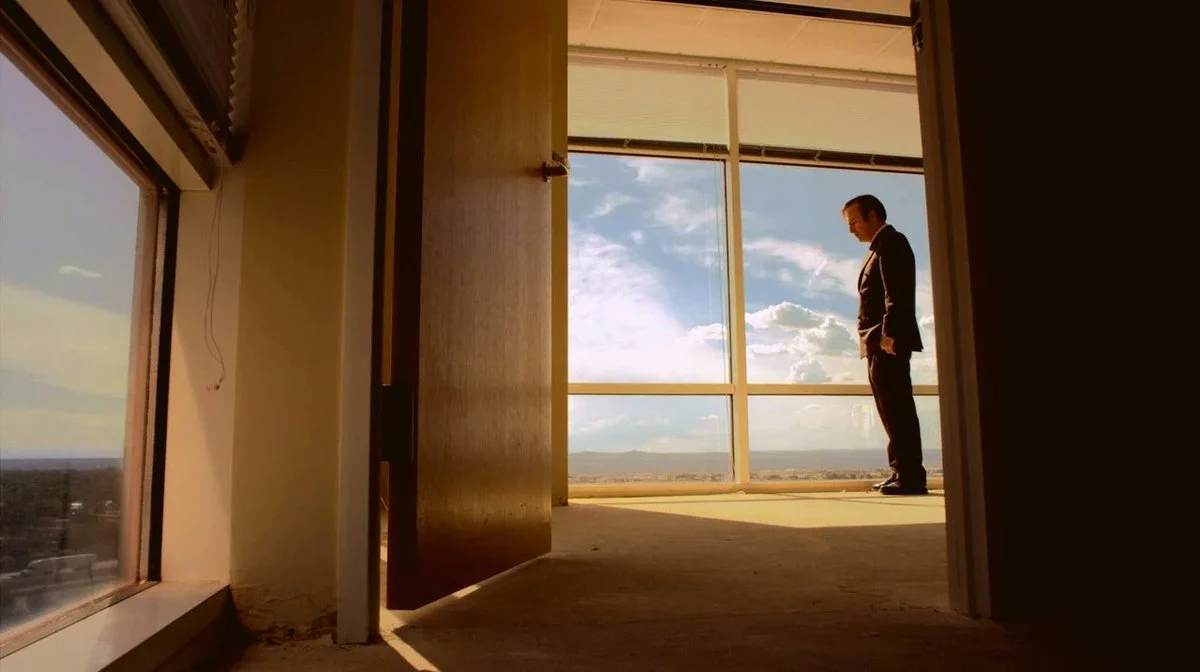The Beauty Of… Better Call Saul
Better Call Saul (BCS) is a stunning TV show that boasts excellent cinematography. Vince Gilligan and Peter Gould did an incredible job incorporating Western themes while using shots that challenged traditional TV convention. The use of wide shots is enviable, and the various camera angles they captured at times seems impossible. From high shots in the rafters to wide shots from behind a fish tank, they used camera placement and framing to perfection. During my viewings I would stop the show a few times an episode just to appreciate the creativity and execution of their shots. A simple Google search reveals a plethora of articles detailing every aspect of BCS’s cinematography, but I’d like to focus on an aspect that hasn’t gotten its deserved recognition. The Cold Open.
“During my viewings I would stop the show a few times an episode just to appreciate the creativity and execution of their shots.”
BCS’s pacing takes a step down from its adrenaline-inducing brother, Breaking Bad. The show, focusing more on characters than plot, takes its time moving from scene to scene, often drawing out gunfights or court scenes for large portions of the episodes. I thought the change of pacing was impressive and enjoyable, but whether you enjoy it or not, the execution of long takes and prolonged, suspenseful scenes is incredible. The camera work only enhances them, often leaving me wondering how they captured certain shots. With all the techniques used in these Cold Opens, I’ll be focusing on the framing as a way of telling stories within scenes.
There is no better example of this than Season 4 Episode 7 - “Something Stupid.” The screen is split into two frames, the left follows Kim through her daily routine over a few months, the right following Jimmy. If you aren’t familiar with the characters in depth, Jimmy and Kim are a married couple who both practice law.
Jimmy is incapable of staying within the confines of traditional law practice due to his devious nature, while Kim is a talented young lawyer who could have a long career ahead of her. I’m oversimplifying the relationship, as viewers of BCS will know, but it’s sufficient for the context here. They both still love each other yet being together isn’t good for either of them.
Starting with a mirror shot of the two brushing their teeth together, the split screen seems to show us the same day (Timestamp 0:30). For a montage of two characters growing apart, it is an efficient way to establish their initial synchronicity. This technique also challenges us, as viewers, to try to pick apart how the two frames differentiate themselves. BCS uses the twin framing to contrast Kim’s hardworking, adherent lifestyle to Jimmy’s lackadaisical, scheming one. My favorite shot in the montage with exceptional framing occurs when Jimmy unloads disposable phones while Kim packs, each in their respective offices (Timestamp 1:20).
While Kim settles into the toil of a 9-to-5, Jimmy rejects it, doing anything he can to avoid a stable lifestyle. To end the montage, we have a top-down shot of Jimmy while natural lighting casts sideways shadows (Timestamp 5:00). He lays in bed, facing away from the other side. Kim silently enters the frame and immediately faces away, and her half of the screen fades to black. And as Jimmy opens his eyes, it cuts to the intro.
“Traditional Western wide shots capture the vast plains with the main characters as insignificant pinpricks.”
Simply by using a black line in the middle of the frame and parallel shots, BCS presents the gap that has grown between Jimmy and Kim. I could gush for ten pages about the subtleties and amazingness of this opening scene, but there are many more episodes to explore.
A staple of BCS is their ability to place the camera in impossible places. In Season 4 Episode 5 - “Quite A Ride,” the camera is placed inside the ceiling (Timestamp 0:30). As Jimmy pokes the ceiling tiles, small shafts of light through, vaguely illuminating the empty space in which we - the audience - reside. Other strange establishing shots - such as hyper-close-ups of used match packets and a shot from inside a paper shredder - paint the amateurish (and shady) picture of Jimmy’s Law Practice.
In Season 5 Episode 5 - “Dedicado A Max,” the Western undertones of the show collide with playful framing. As Mike walks through the New Mexican desert, we see him through a broken-down tomb or peeking over a field of reeds (Timestamp 1:30-2:00). Traditional Western wide shots capture the vast plains with the main characters as insignificant pinpricks. BCS takes this a step further by including the geography in the foreground, incorporating its own flair. An important aspect to note here is how long they hold these shots. At times I got a bit annoyed or bored with these far-back shots, especially when used back-to-back-to-back. That only goes to show that they succeed, however, as they are meant to convey the weariness of the characters after their journey.
BCS also uses framing as a way of keeping their viewers in the dark. Traditionally, lighting would be the go-to here, but in Season 4 Episode 3 - “Something Beautiful,” the camera mostly stays only a few inches off the ground. Other than a couple establishing shots to maintain a sense of the events of the scene, more than half of the frame is occupied by the backdrop as the camera height stays low.
I’m always amazed with these shots because it requires such close coordination between the camera man, actor, and DP. As Victor lays out a spike strip, we see nothing but his boots and the plains behind him (Timestamp 0:10). The lack of context provided visually reinforces the lack of context provided through any dialogue or narration.
Hopefully, if you’ve never seen BCS, I’ve convinced you it’s worth a try, and if you’ve already seen it, hopefully I’ve pointed out an aspect of the show you’ve never noticed before. Despite it just having ended, it’s already topping all-time lists, and I’m sure it will be picked apart by film lovers for years to come.





